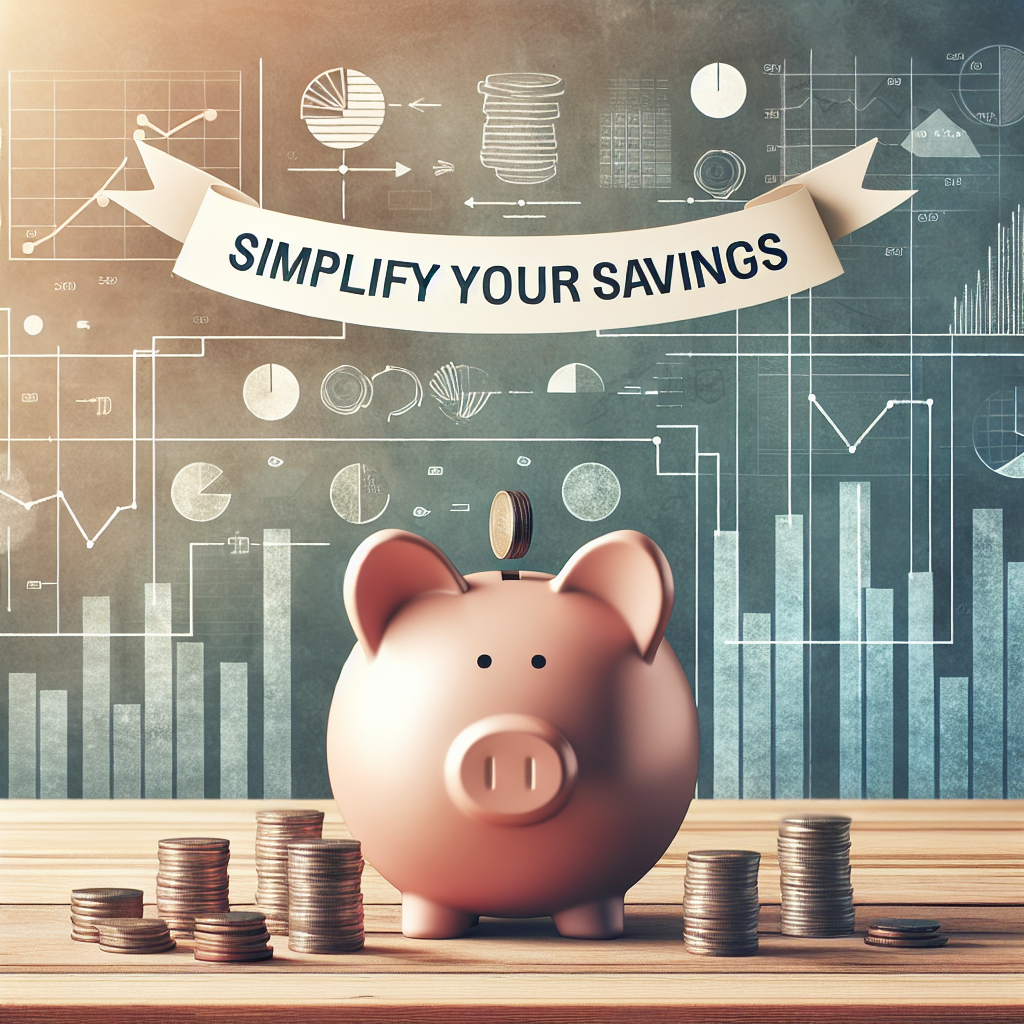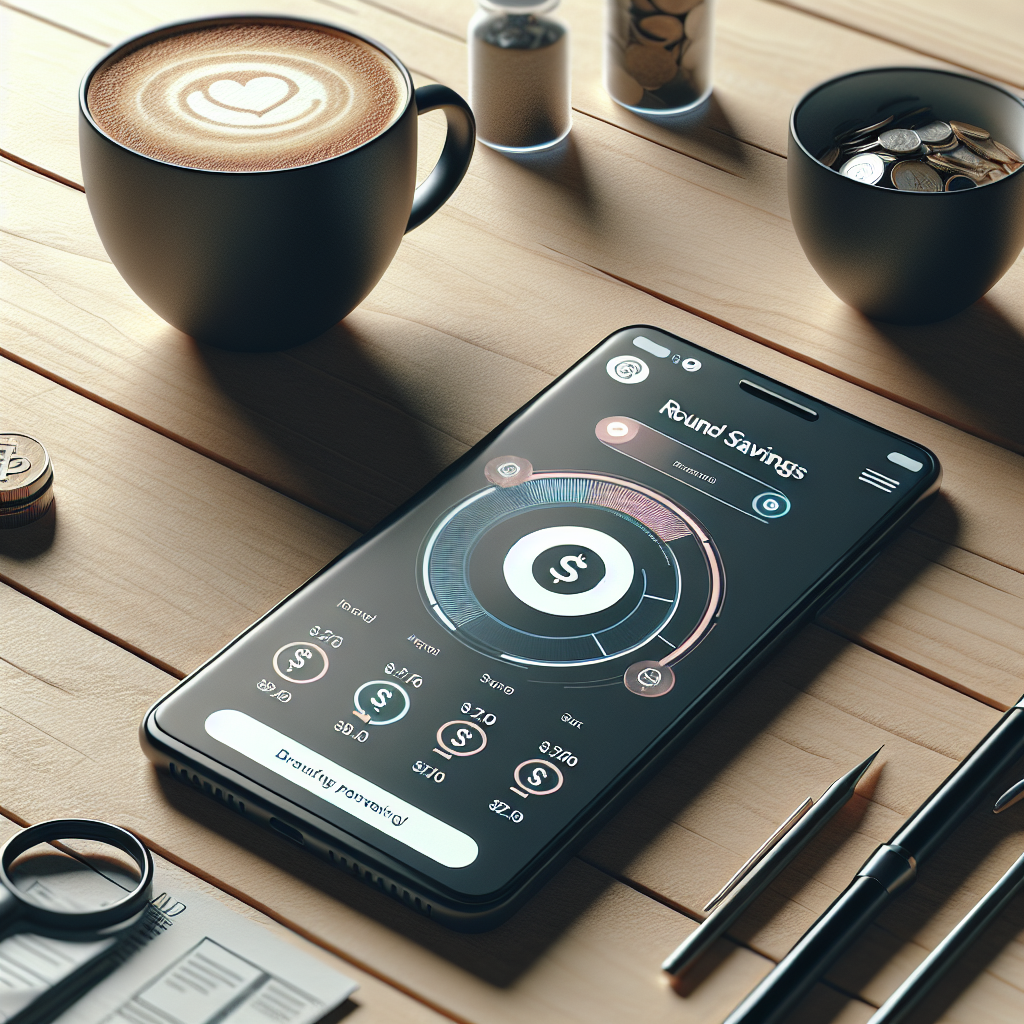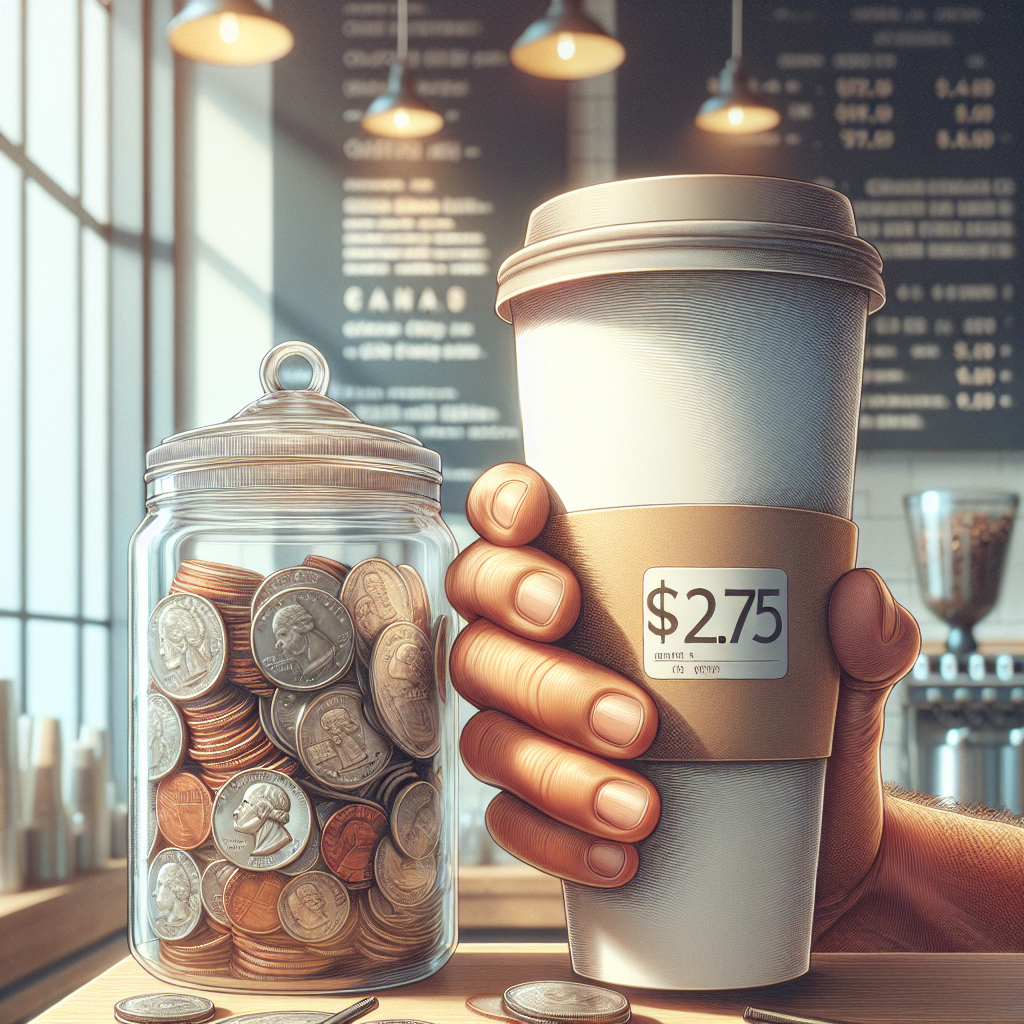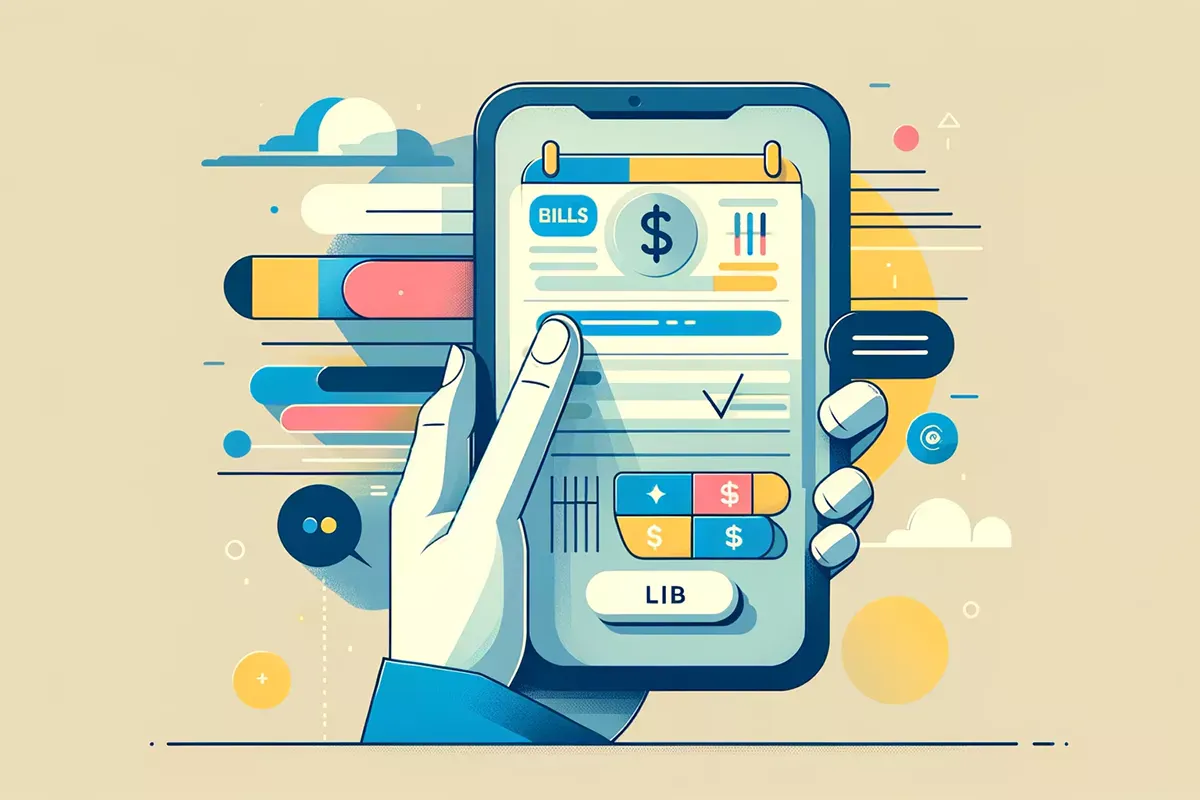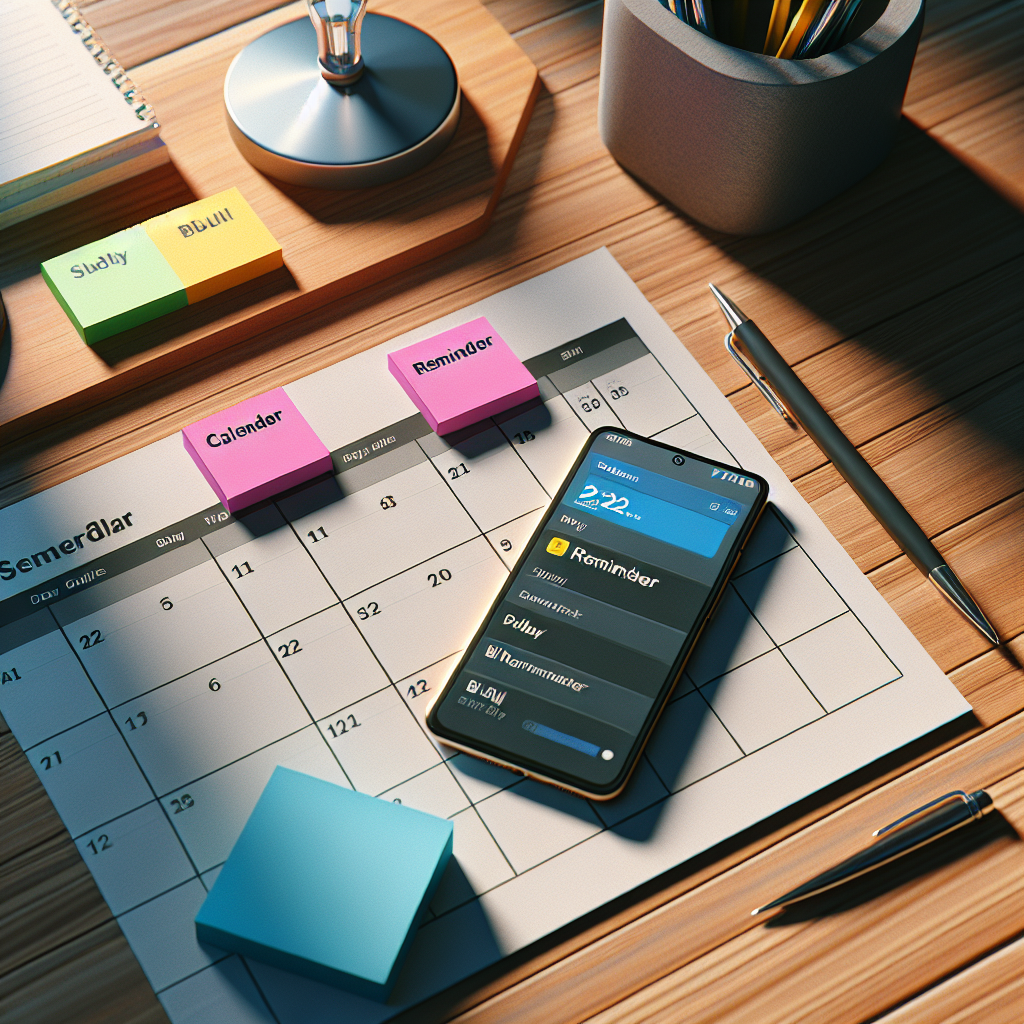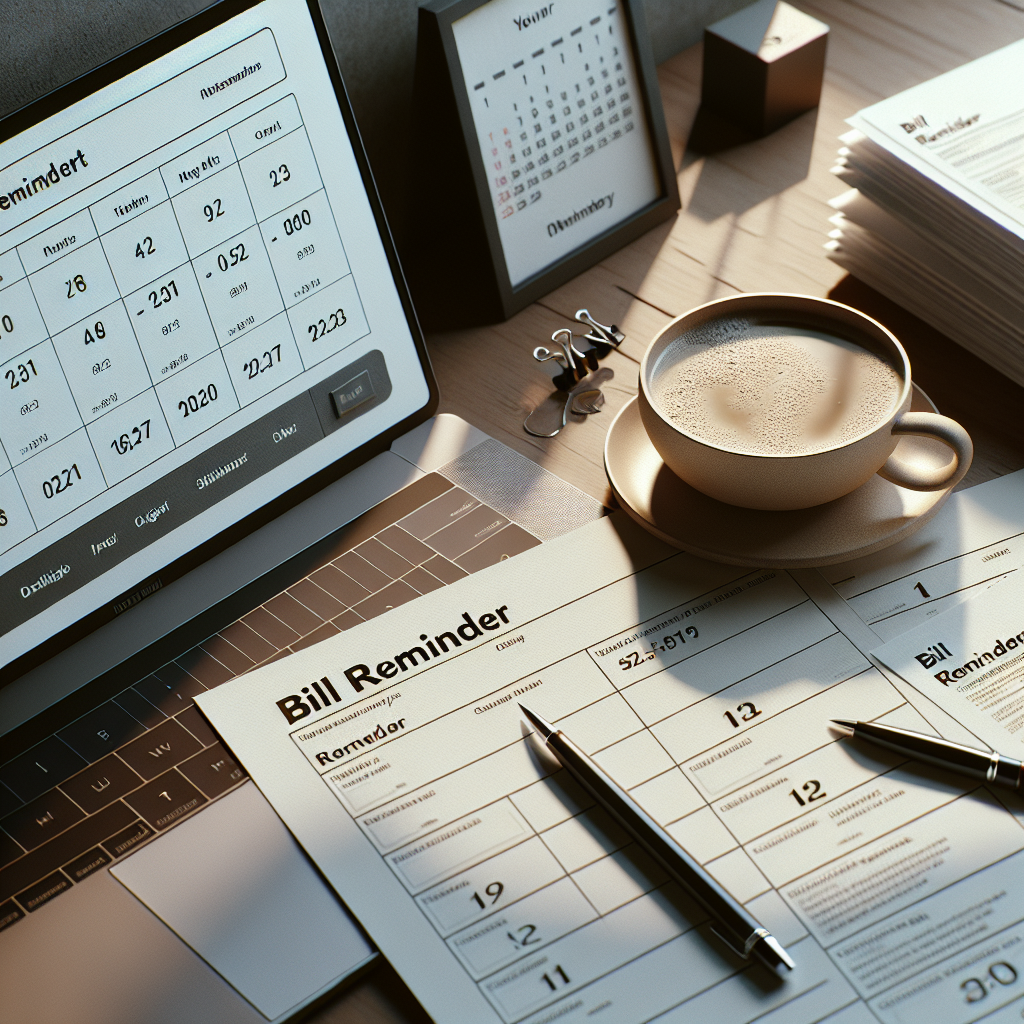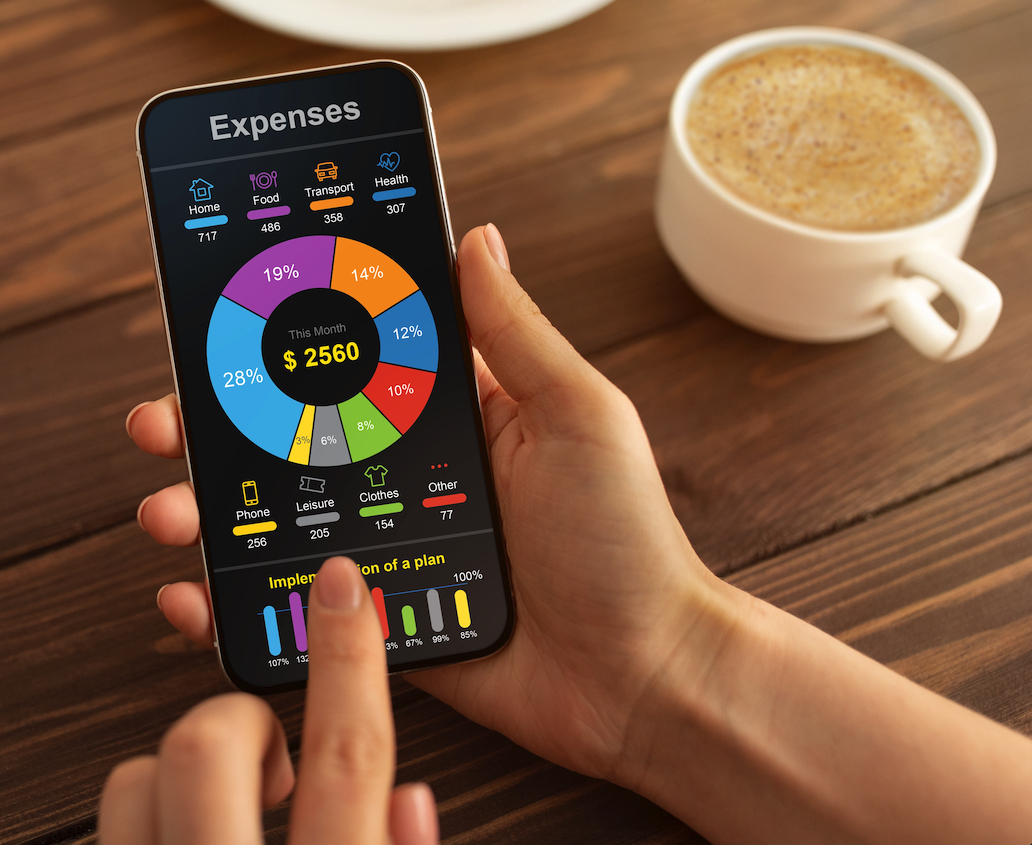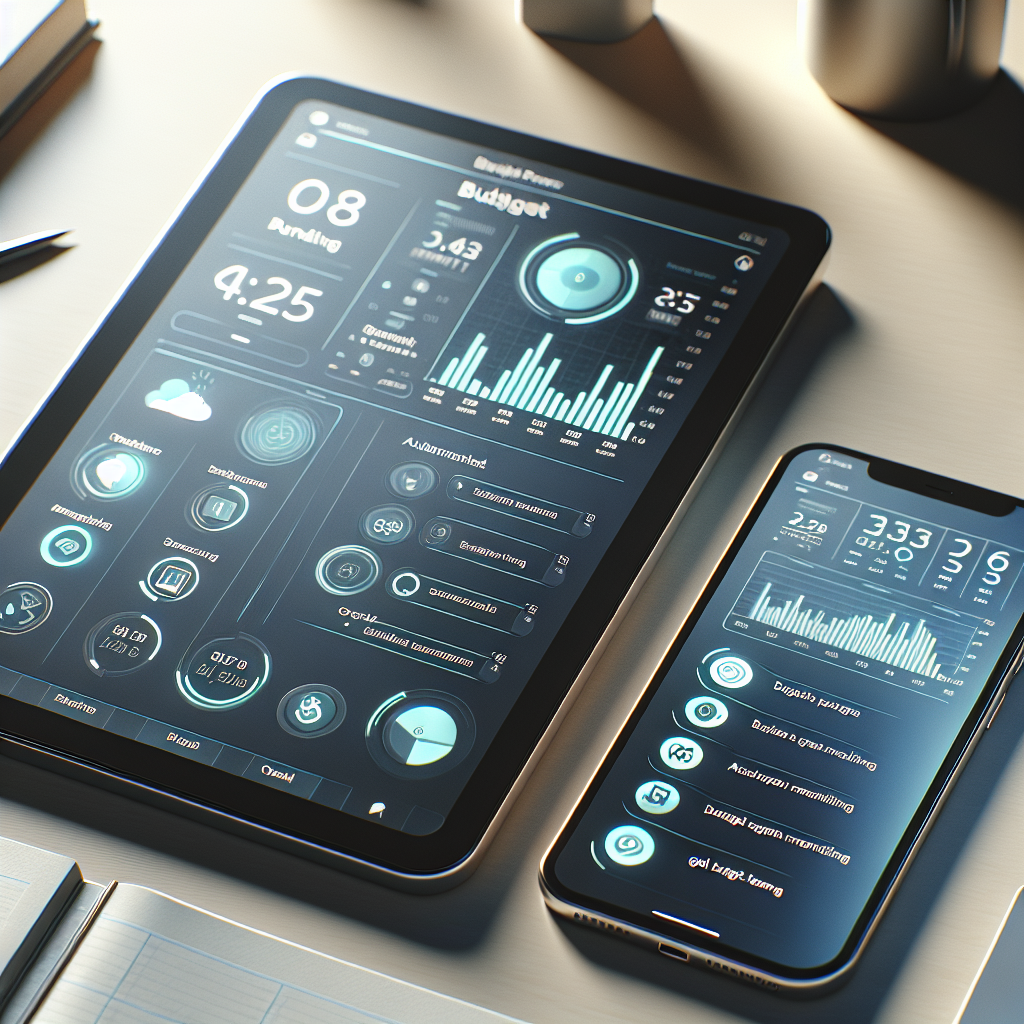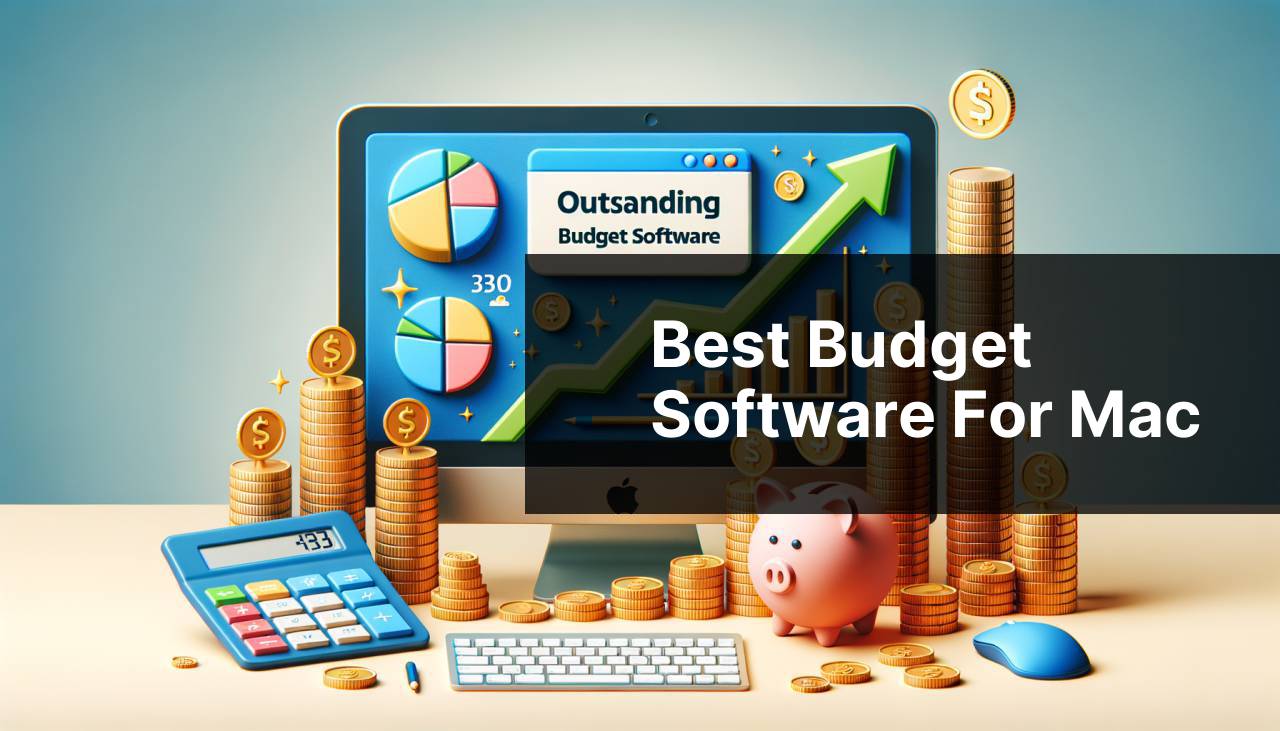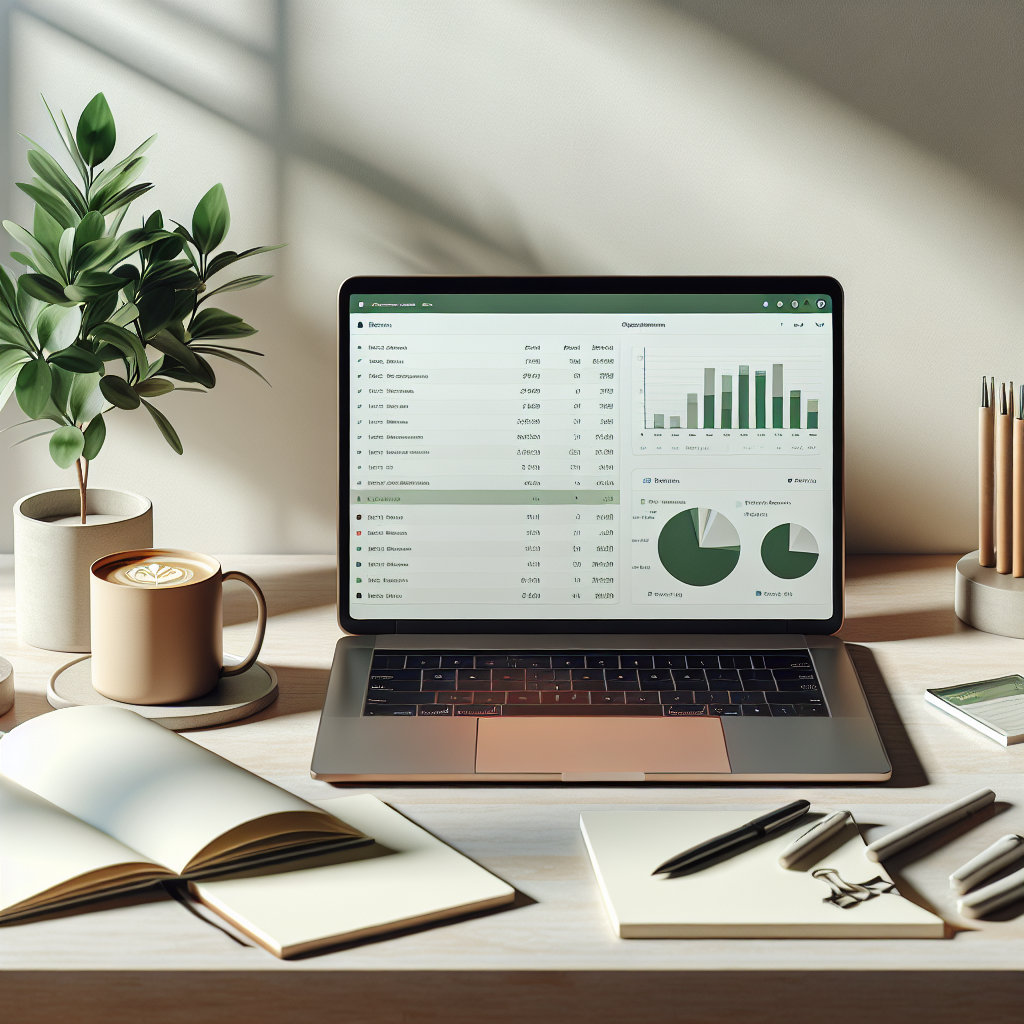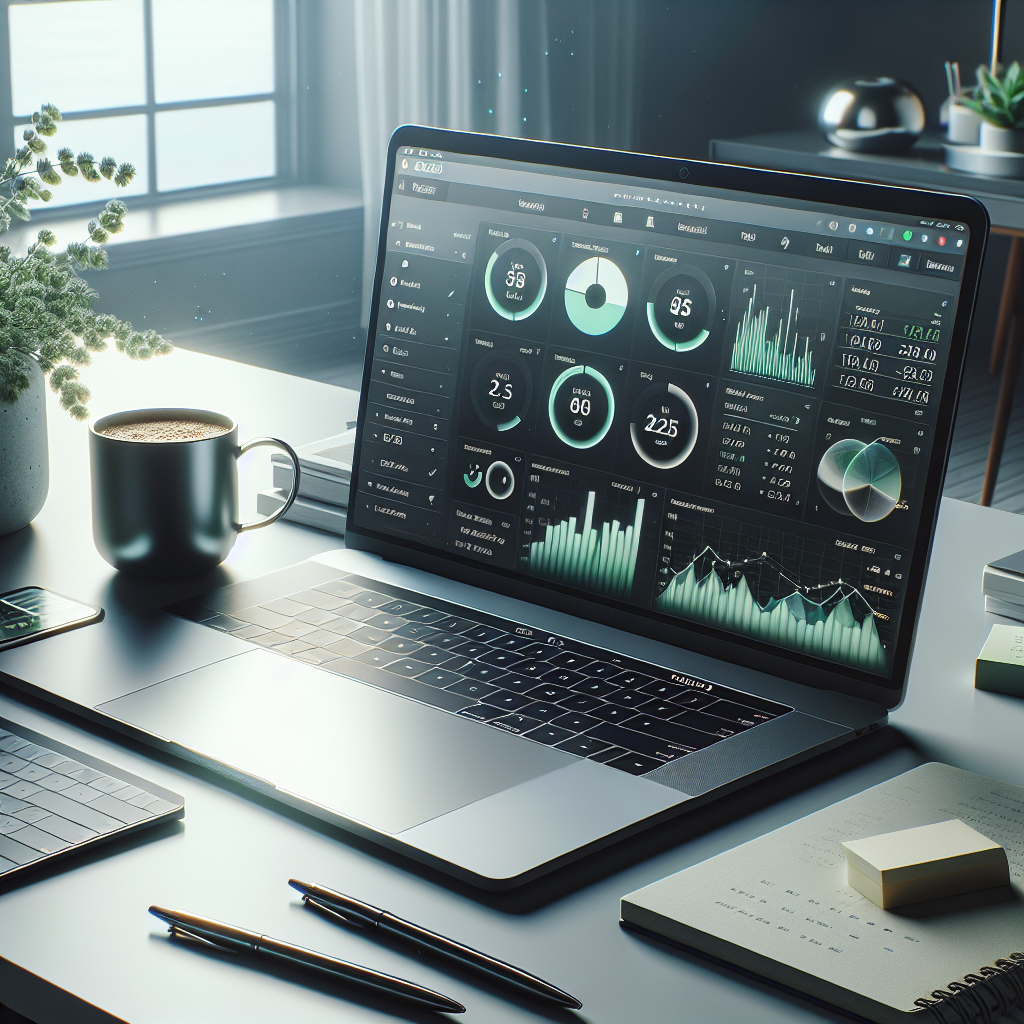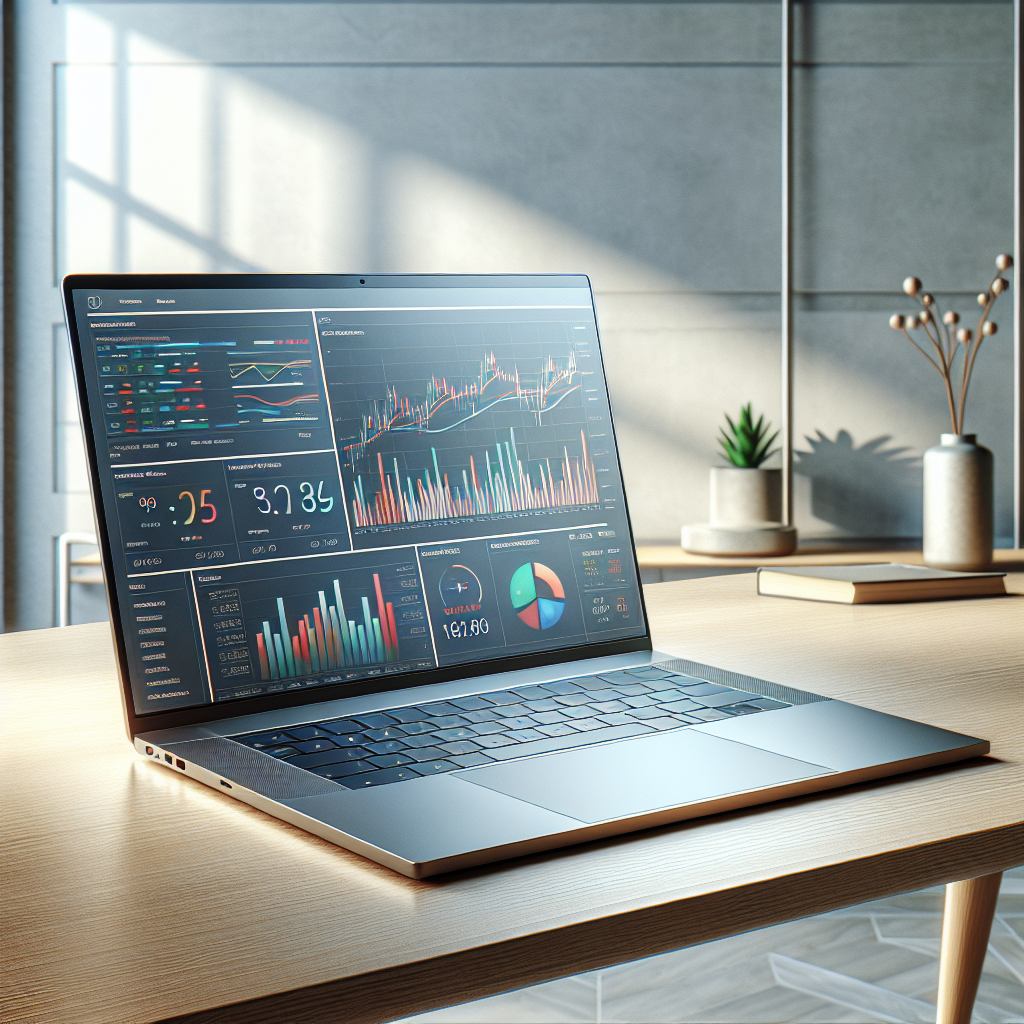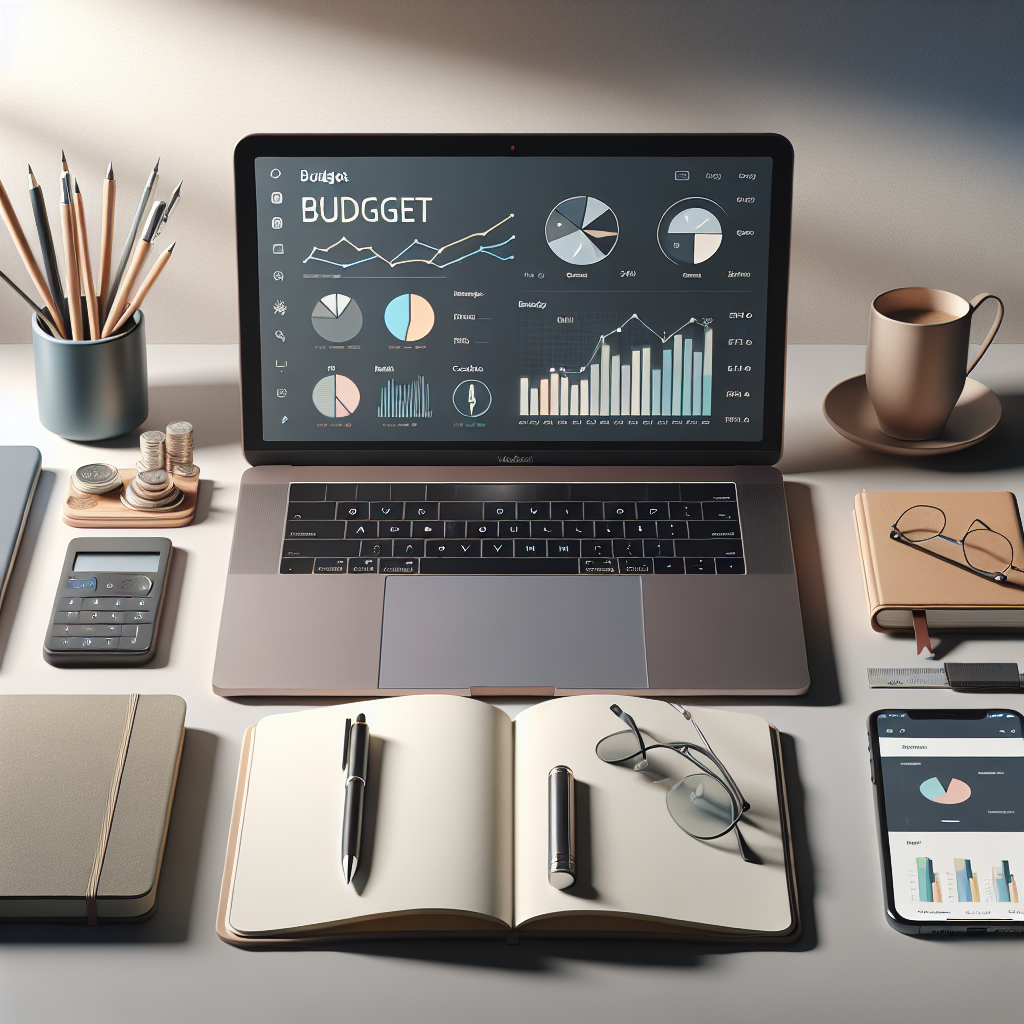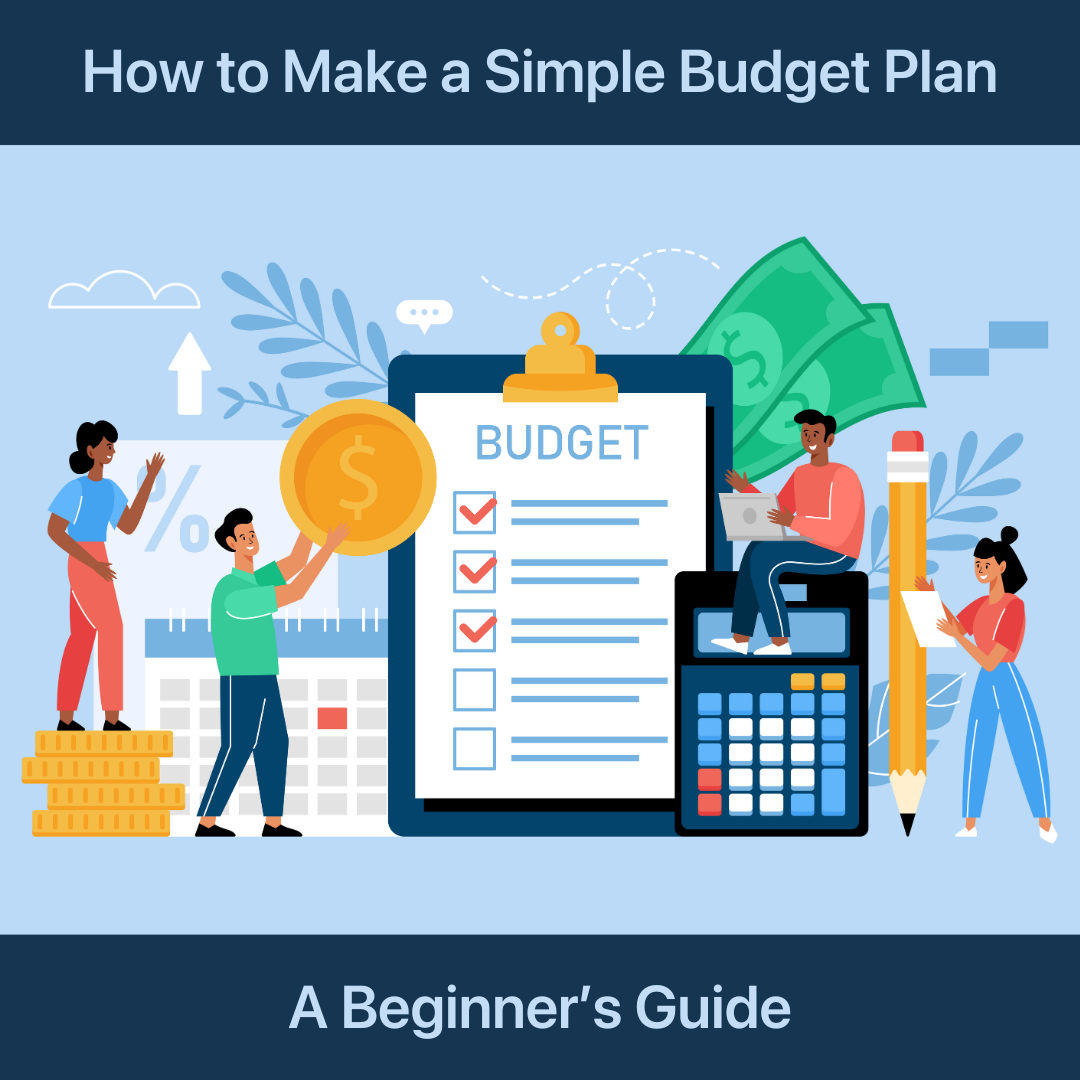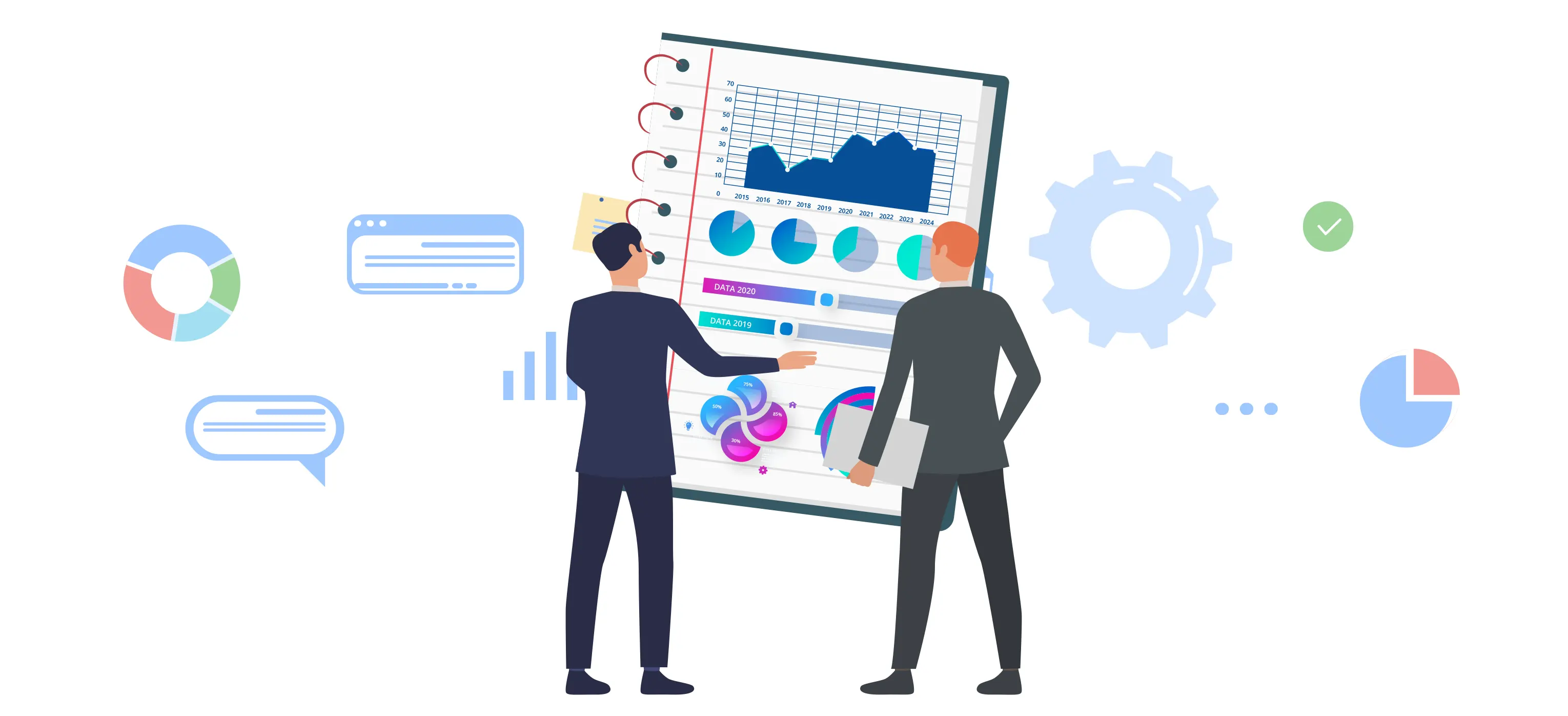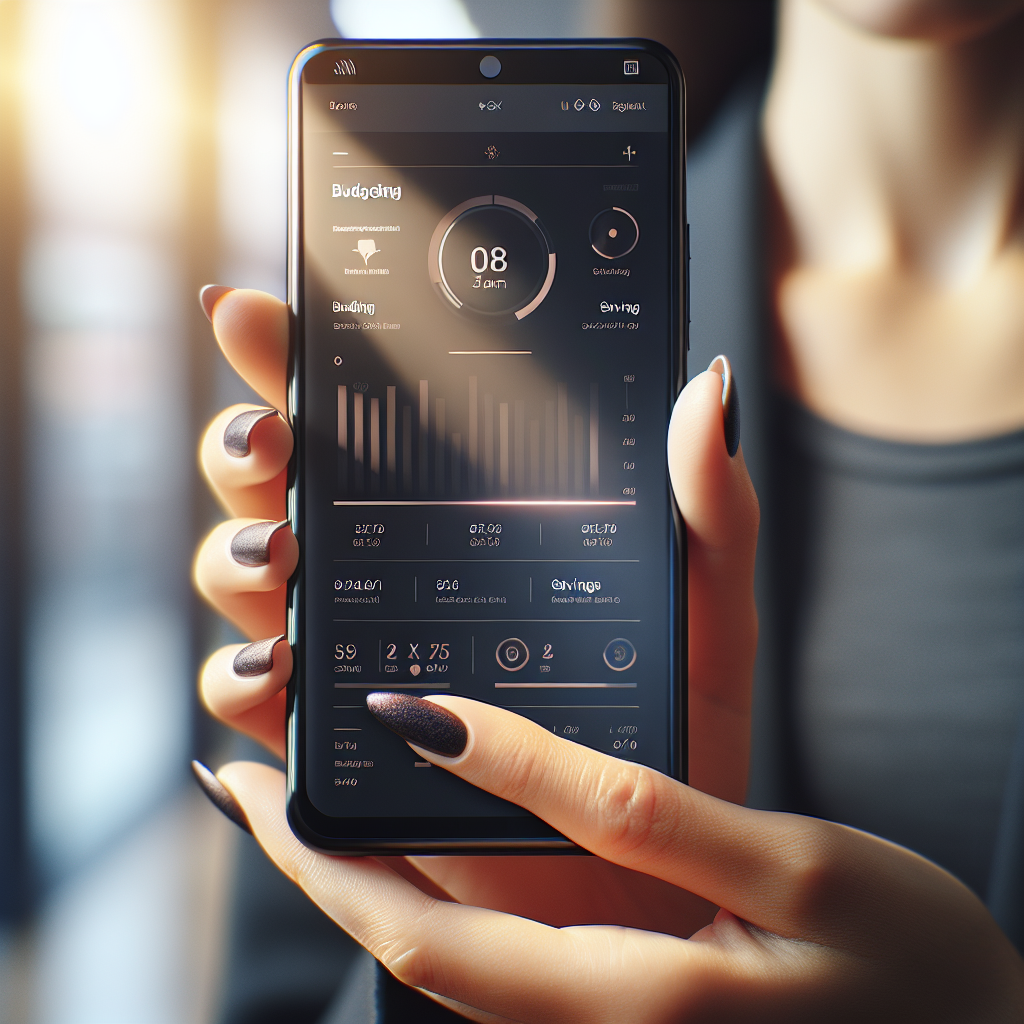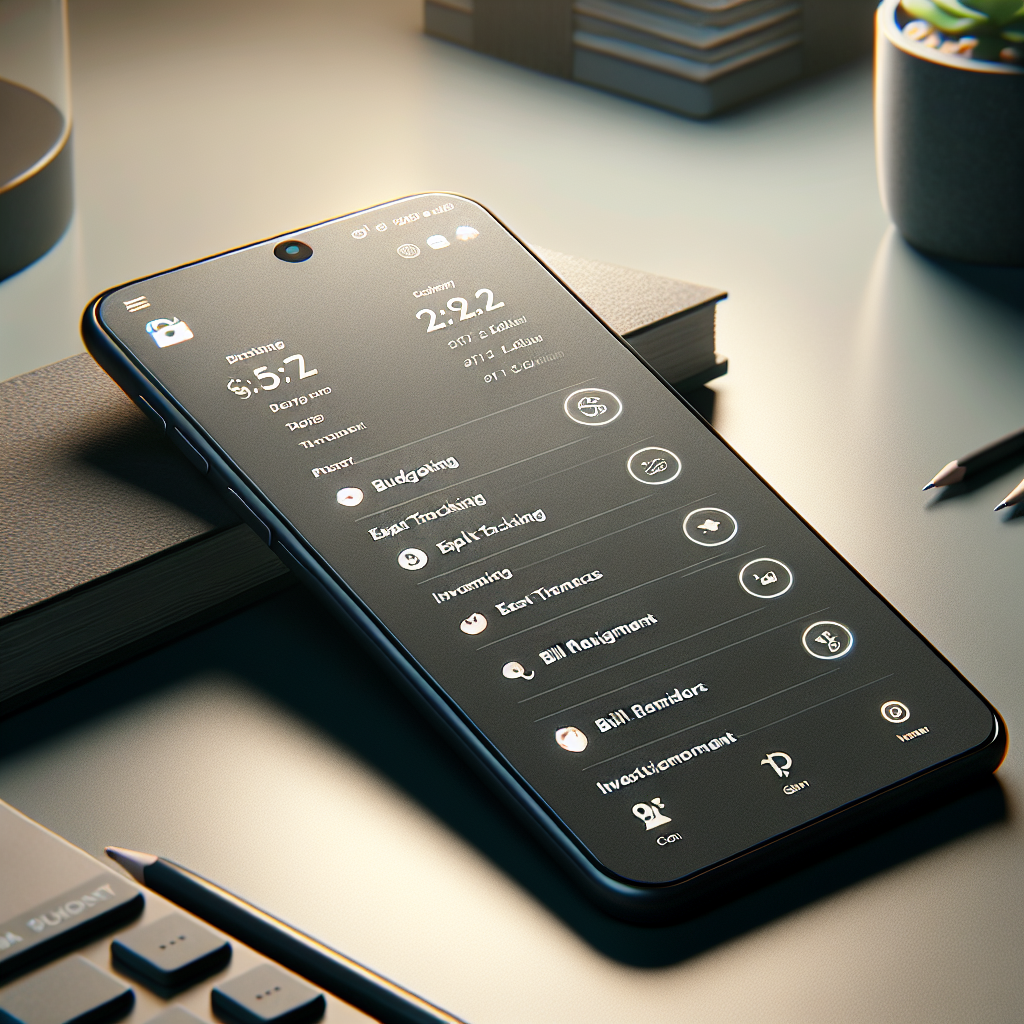As we step into 2024, the importance of effective financial management and budget tracker is more pronounced than ever. With the economic landscape constantly evolving, individuals and small businesses are seeking innovative solutions to keep track of their expenses and savings. A paramount tool in this financial toolkit is the budget tracker. Designing a budget tracker that is both intuitive and comprehensive is crucial for enhancing the user’s financial planning experience. Budget tracker has undergone significant changes, adapting to user needs for simplicity, accessibility, and personalized insights.
At Vala, we understand the critical role that a well-designed budget tracker plays in financial management. Our platform is engineered to streamline the process of budgeting and expense tracking, ushering in a new era of user-centric financial technology. With a focus on transparent, reliable, and efficient service, Vala is dedicated to helping our users achieve their financial objectives with ease. Ready to take control of your finances and experience effortless savings? Download Vala today and start managing your budget with ease!
Understanding User Needs For Effective Budget Tracking
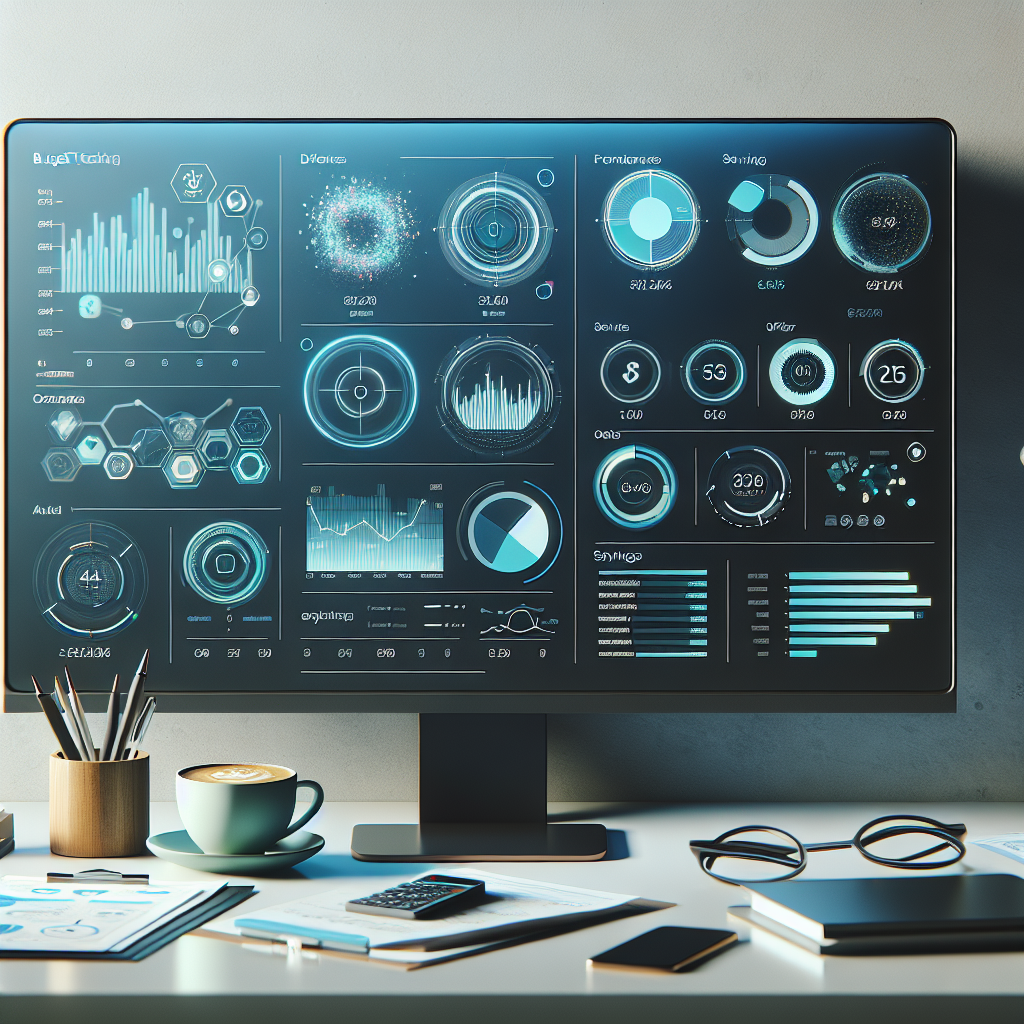
At the heart of any successful budget tracker design lies a deep understanding of user needs. In 2023, users are looking for more than just a tool to record their income and expenses; they seek a holistic solution that offers insights and helps them make informed financial decisions. To create a budget tracker that resonates with users, designers must consider various aspects of financial management that users prioritize, such as the ability to categorize transactions, visualize spending trends, and set and monitor financial goals.
Moreover, the modern user demands flexibility and personalization. They want a budget tracker that adapts to their unique lifestyle and financial habits. This includes features like customizable budgets, alerts for unusual spending, and the capability to sync with various financial accounts. Accessibility is also a key user requirement, with a need for budget trackers that work seamlessly across multiple devices and platforms, ensuring users can manage their finances anytime, anywhere. By prioritizing these needs, designers can craft a budget tracker that not only meets but exceeds user expectations, thereby facilitating a more engaging and productive financial management experience.
Incorporating Intuitive Navigation In Budget Tracker Interfaces
Intuitive navigation is a cornerstone of budget tracker design. A budget tracker should not only be robust in features but also easy to navigate, allowing users to find the information they need without confusion or frustration. In 2023, the emphasis is on creating a user interface (UI) that is both aesthetically pleasing and functionally efficient. This involves organizing financial data in a coherent structure, minimizing the number of user actions required to perform tasks, and ensuring that critical functions are easily accessible.
Designers can achieve intuitive navigation by employing familiar UI patterns that users are already comfortable with, such as tab bars for main navigation and clearly labeled sections for different financial categories. Another effective strategy is the use of progressive disclosure to present only the most relevant information upfront, thereby avoiding overwhelming the user with too much data at once. Strategic use of color coding and icons can also guide users through their financial data, making the process of tracking expenses feel more natural. By incorporating these intuitive design elements, budget trackers become more user-friendly, encouraging regular use and helping users stay on top of their financial health with minimal effort.
The Role Of Visual Aesthetics In Budget Tracker Engagement
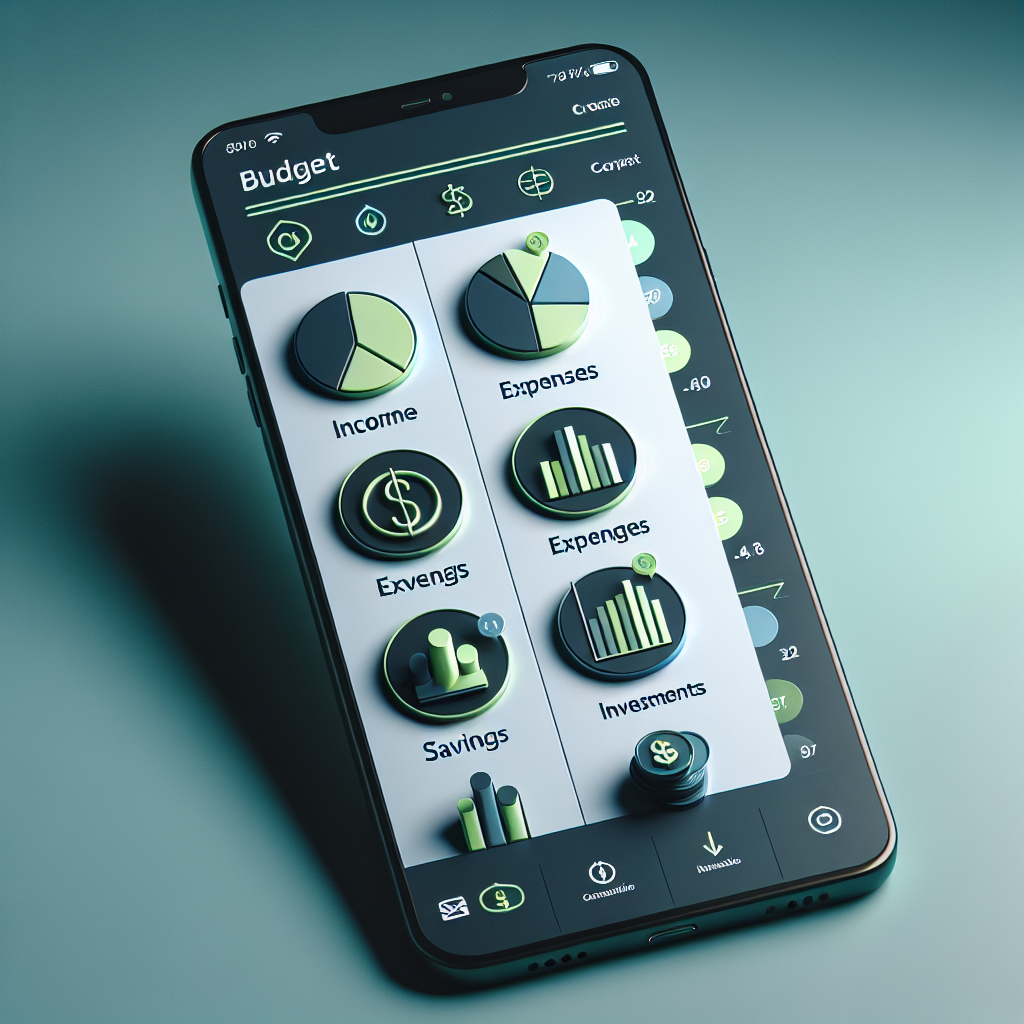
Visual aesthetics play an influential role in engaging users with a budget tracker. In today’s digital landscape, a visually appealing interface is just as important as the functionality it provides. A well-designed budget tracker should harness the power of beauty and clarity to create an inviting and enjoyable user experience. The use of harmonious color schemes, clean typography, and thoughtful spacing can transform the mundane task of budgeting into a more pleasant activity.
Moreover, visual aesthetics are not merely about decoration; they also contribute to the usability of the budget tracker. For instance, the differentiation of income and expenses through color contrast helps users to quickly discern their financial standings. Aesthetic elements like graphs and charts translate complex financial data into easy-to-understand visuals, enabling users to grasp their spending patterns at a glance. As users interact with these visual features, their confidence in managing their finances grows, leading to increased engagement with the budget tracker. By prioritizing visual aesthetics in the design process, fintech companies can foster a deeper connection between the user and their financial journey, making budget management not just a necessity, but a visually rewarding experience.
Security Features And Data Protection In Budget Tracker Apps
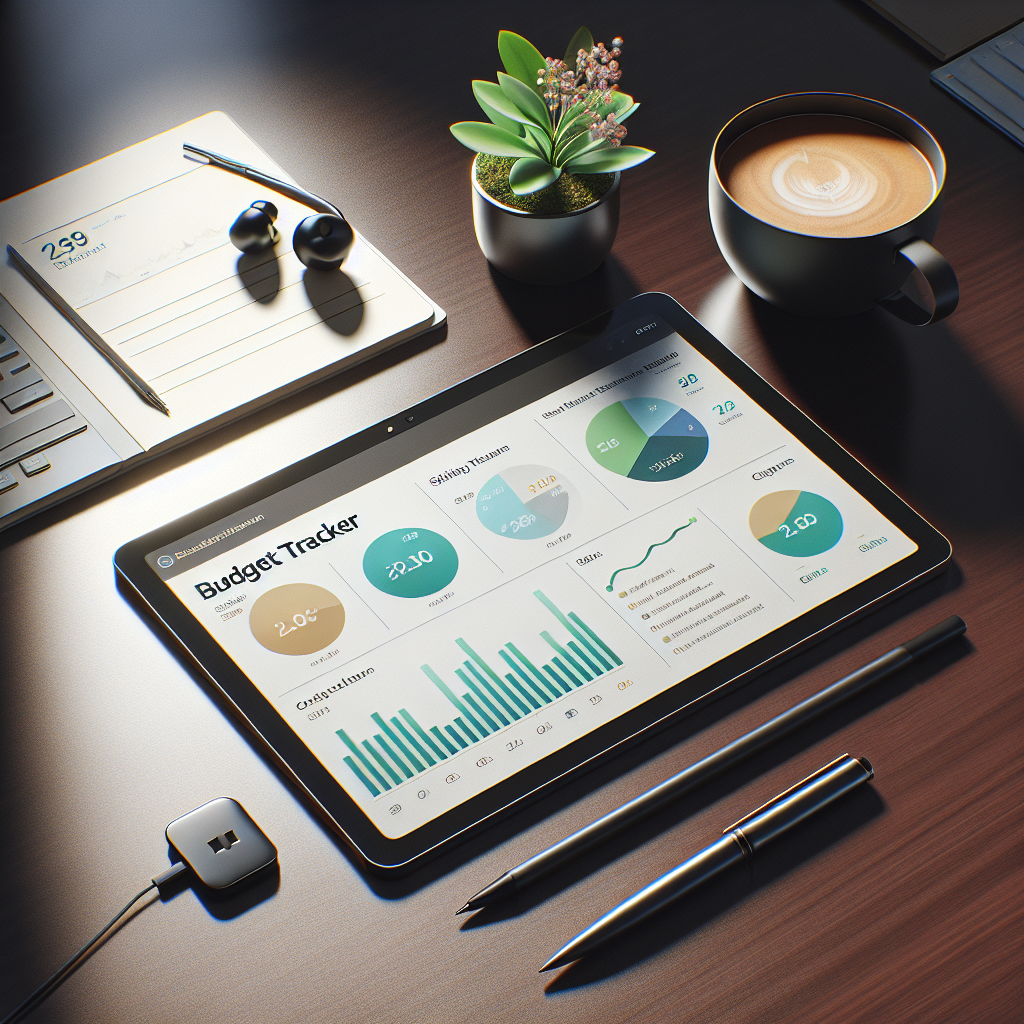
Ensuring robust security features and data protection is paramount in the development of budget tracker apps. Users entrust these platforms with sensitive financial information; therefore, maintaining their trust necessitates the implementation of cutting-edge security measures. Encryption is a fundamental component, with many apps utilizing bank-level AES-256 bit encryption to safeguard user data both at rest and in transit.
Multi-factor authentication (MFA) adds an additional layer of protection, requiring users to verify their identity through multiple credentials before gaining access to their accounts. This significantly reduces the risk of unauthorized access. Moreover, regular security audits and compliance with regulations such as the General Data Protection Regulation (GDPR) ensure that budget trackers adhere to best practices in data privacy and user protection.
Another aspect of security is the anonymization of user data. By decoupling personal information from financial data, budget tracker apps can prevent potential identity theft. Additionally, features such as automatic logout after periods of inactivity and real-time monitoring for unusual activity provide users with peace of mind, knowing their financial data remains secure. Through these comprehensive security strategies, budget tracker apps not only protect users’ financial information but also reinforce the reliability and credibility of the fintech industry as a whole.
Integrating Personalization And Automation In Budget Management
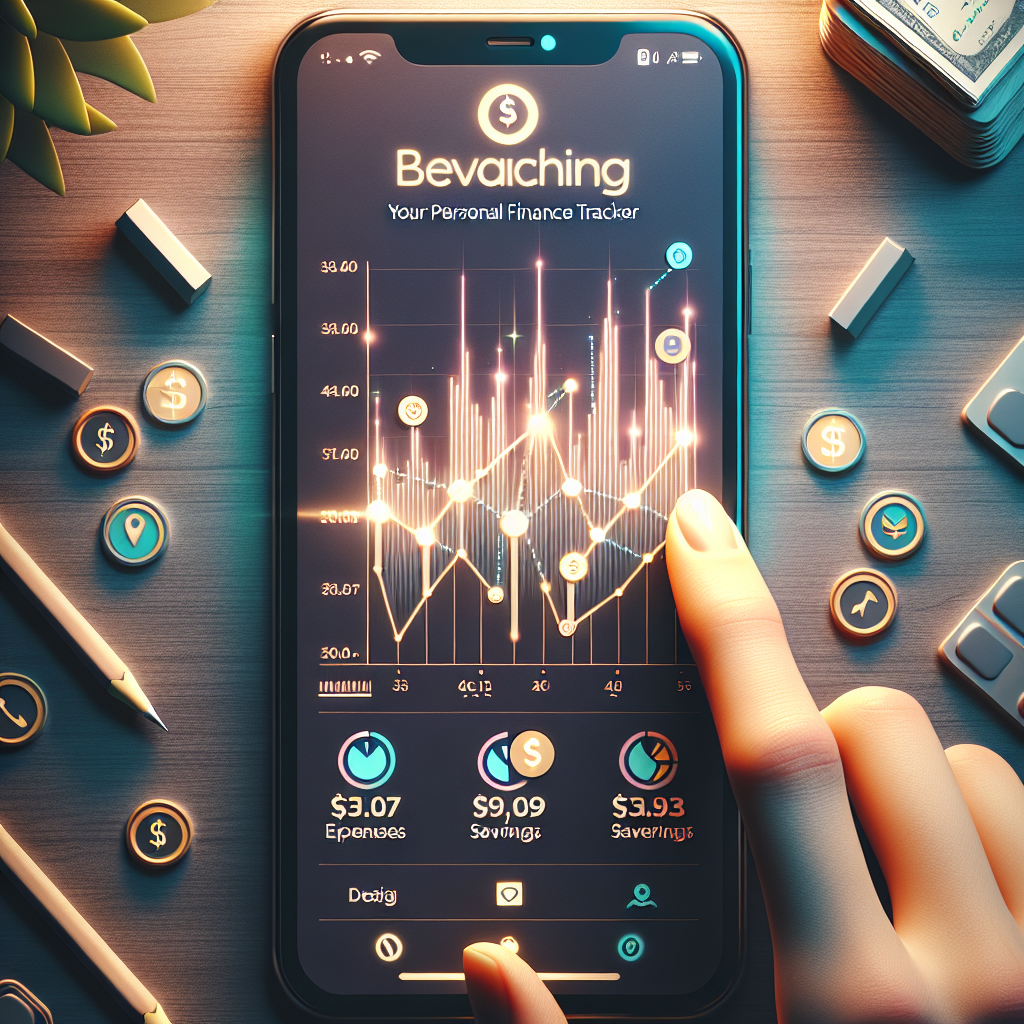
The integration of personalization and automation is reshaping the landscape of budget management. By leveraging advanced algorithms and machine learning, budget tracker apps can now offer tailored financial advice and personalized budgeting plans based on individual spending habits and financial goals. This customization ensures that users are not just receiving generic guidance, but strategies that align with their unique financial situations.
Automation in budget trackers simplifies the process of categorizing expenses and tracking income. It allows for the automatic classification of transactions into predefined categories, which can be customized to match users’ preferences, making the process of managing finances both efficient and user-friendly. Recurring expenses and income can be automatically accounted for, so users have an accurate, up-to-date view of their financial health without manual input.
Alerts and notifications are another facet of automation that significantly enhances the user experience. Users can receive timely updates about their spending patterns, upcoming bills, or when they are approaching the limits of their budget categories. This proactive approach empowers users to make informed decisions in real-time, effectively steering them away from potential overspending and helping them stay on track with their financial objectives.
The synergy of personalization and automation in budget management tools not only streamlines financial planning but also fosters a more engaging and interactive relationship between users and their finances. As a result, the daunting task of budgeting is transformed into a more manageable and even enjoyable activity, encouraging consistent and effective financial management practices.
Leveraging Analytics For Smarter Budget Tracking Decisions
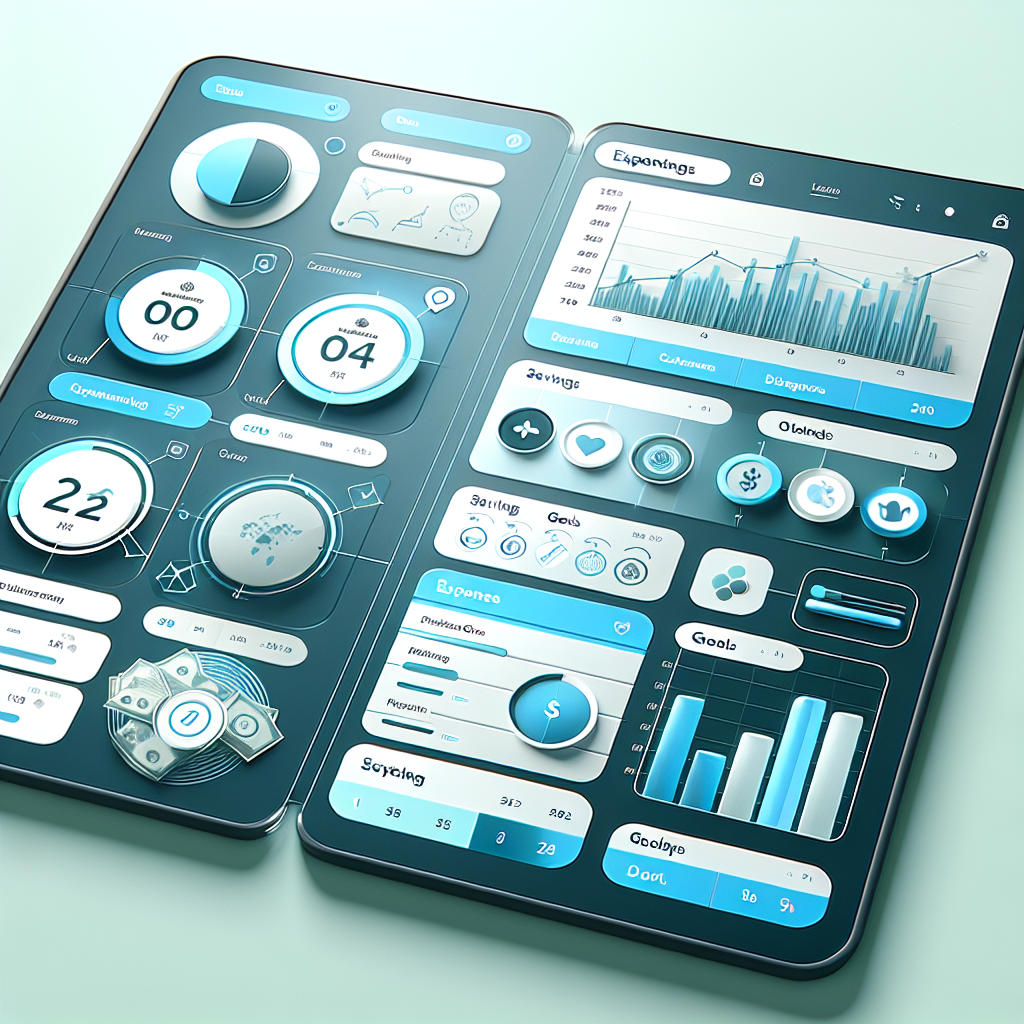
Ready to take control of your finances and experience effortless savings?Leverage the power of analytics to make smarter budget tracking decisions. In the realm of budget tracker design, analytics play a critical role in providing actionable insights into users’ financial behaviors. By examining detailed reports and visual data representations, users can identify spending trends, track their progress towards goals, and adjust their budgeting strategies accordingly.
Data visualization tools, such as graphs and charts, make it easier to comprehend large volumes of financial data at a glance. Users can quickly ascertain areas where they may be overspending or understand how their savings are growing over time. These visual aids are not only informative but also motivate users by clearly showcasing the results of their financial discipline.
More advanced budget trackers harness predictive analytics to forecast future spending and savings scenarios. This allows users to experiment with different budgeting options and see potential outcomes, equipping them with the knowledge to make more informed decisions that align with their long-term financial aspirations.
Ultimately, analytics turn raw financial data into a powerful tool for reflection and strategy. By incorporating these insights into their financial planning, users can refine their budgeting tactics and develop a more nuanced understanding of their financial health. With analytics as a guide, the journey towards financial stability and growth becomes a data-driven process.
Download Vala today and start managing your budget with ease!
